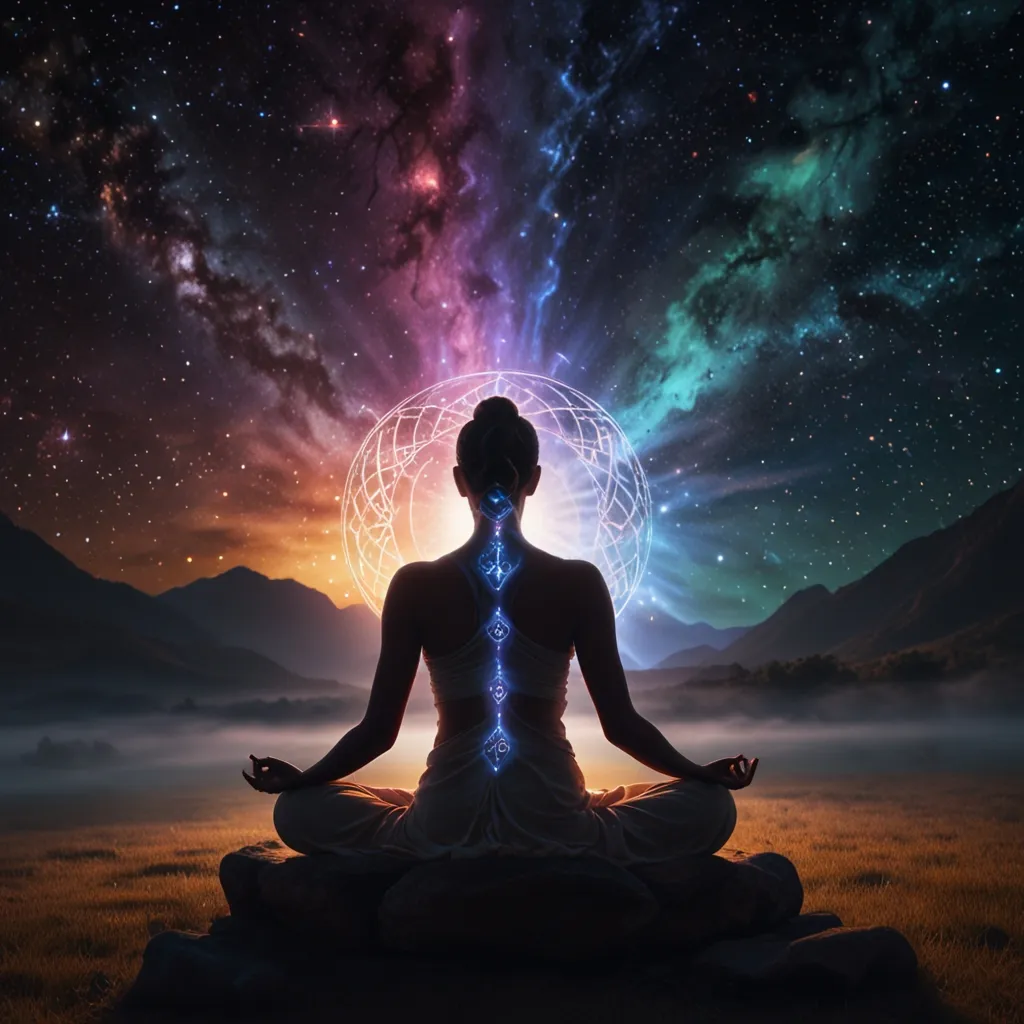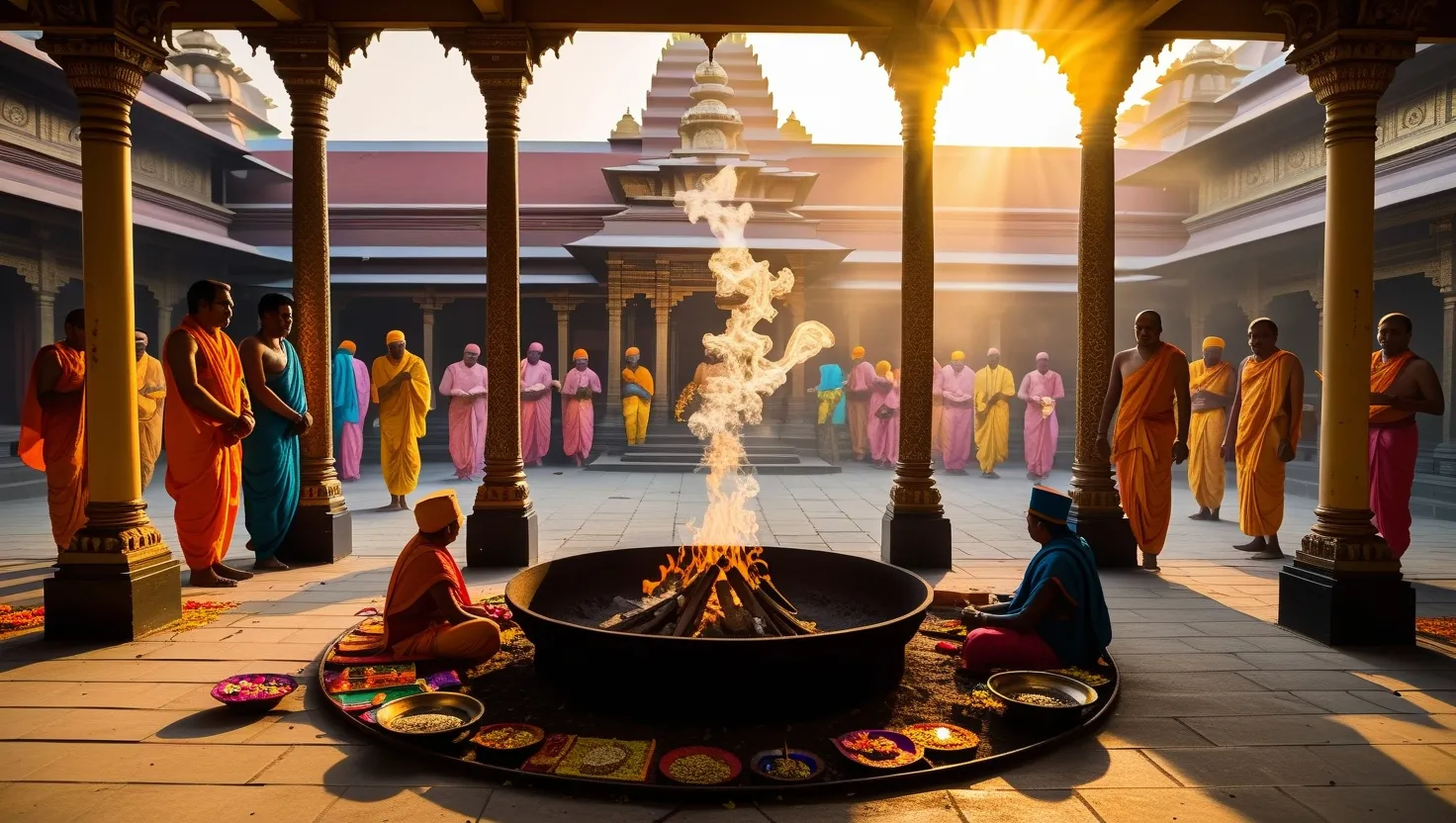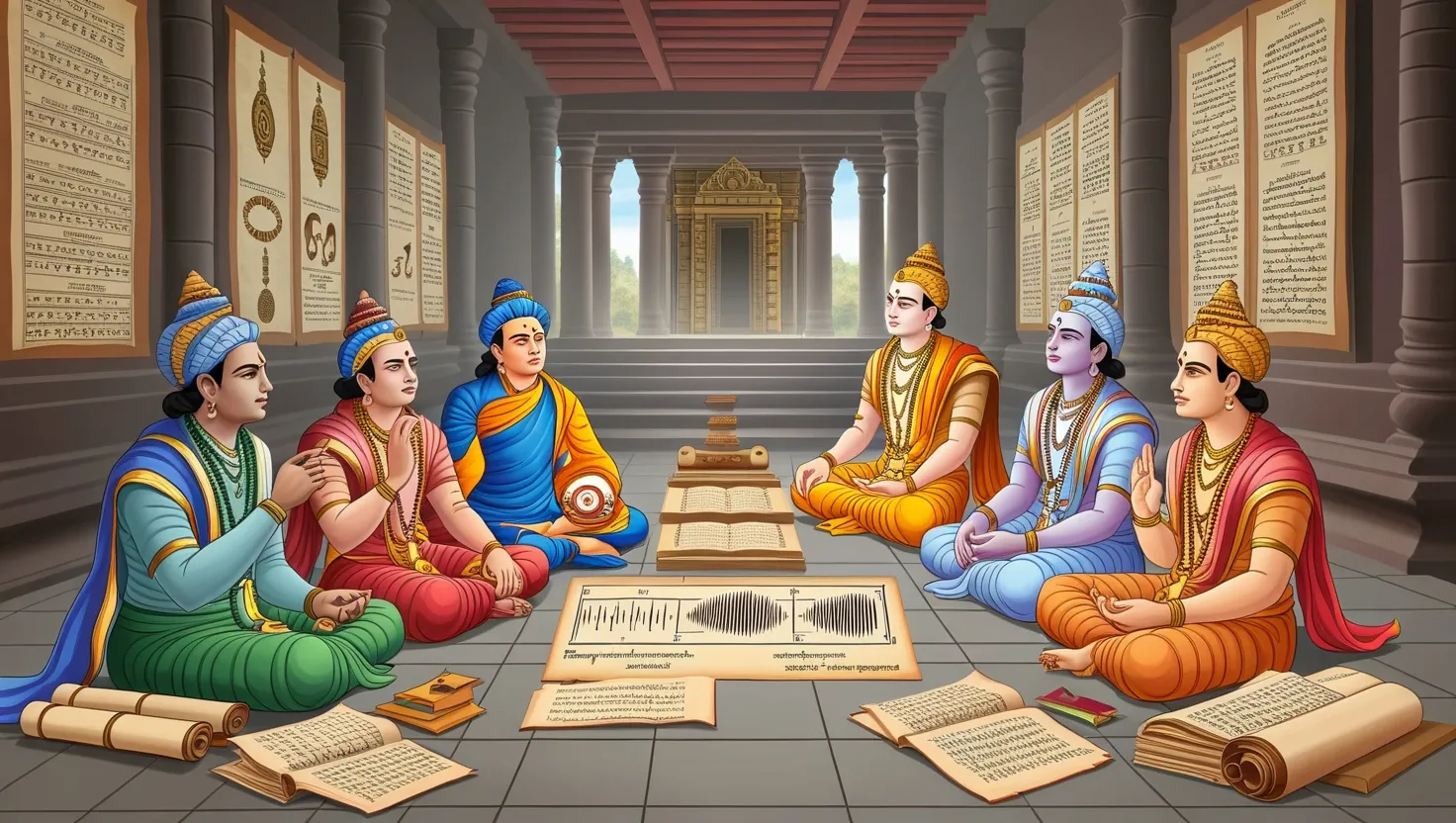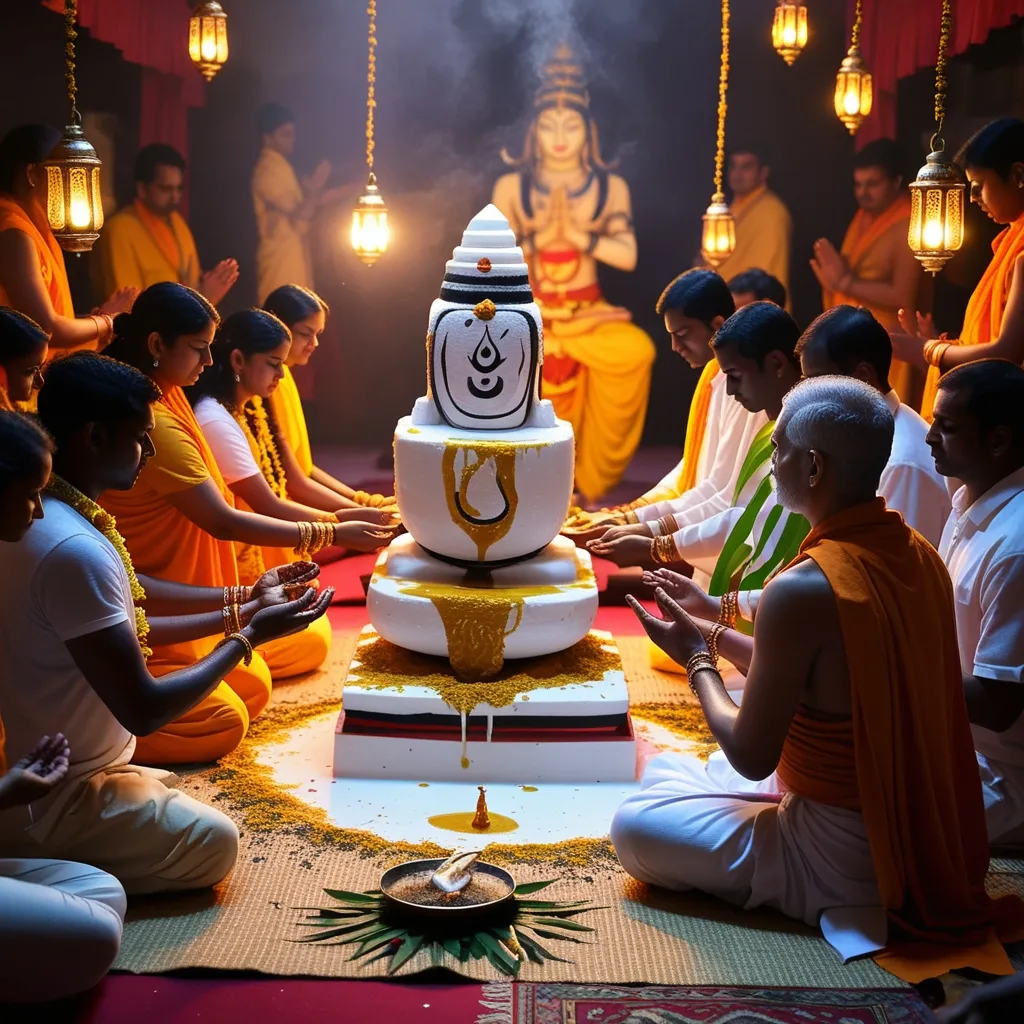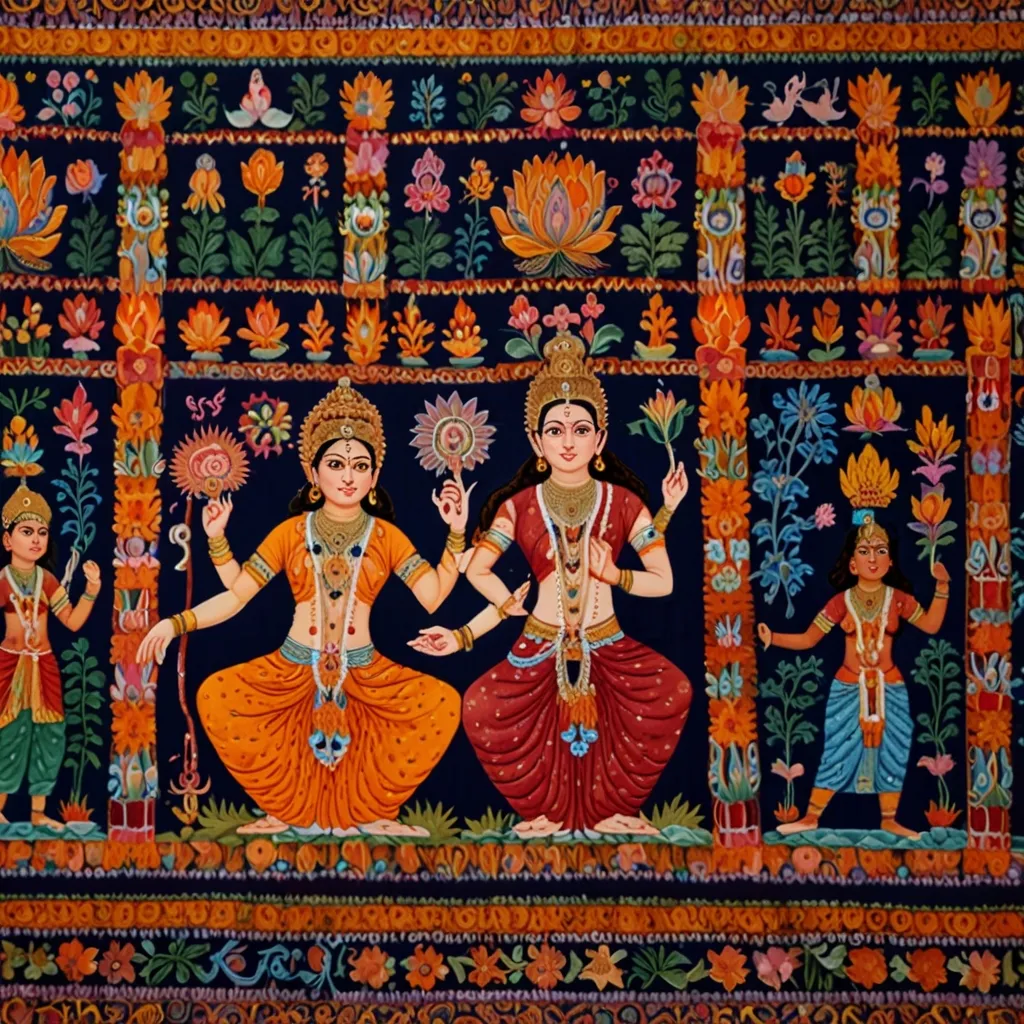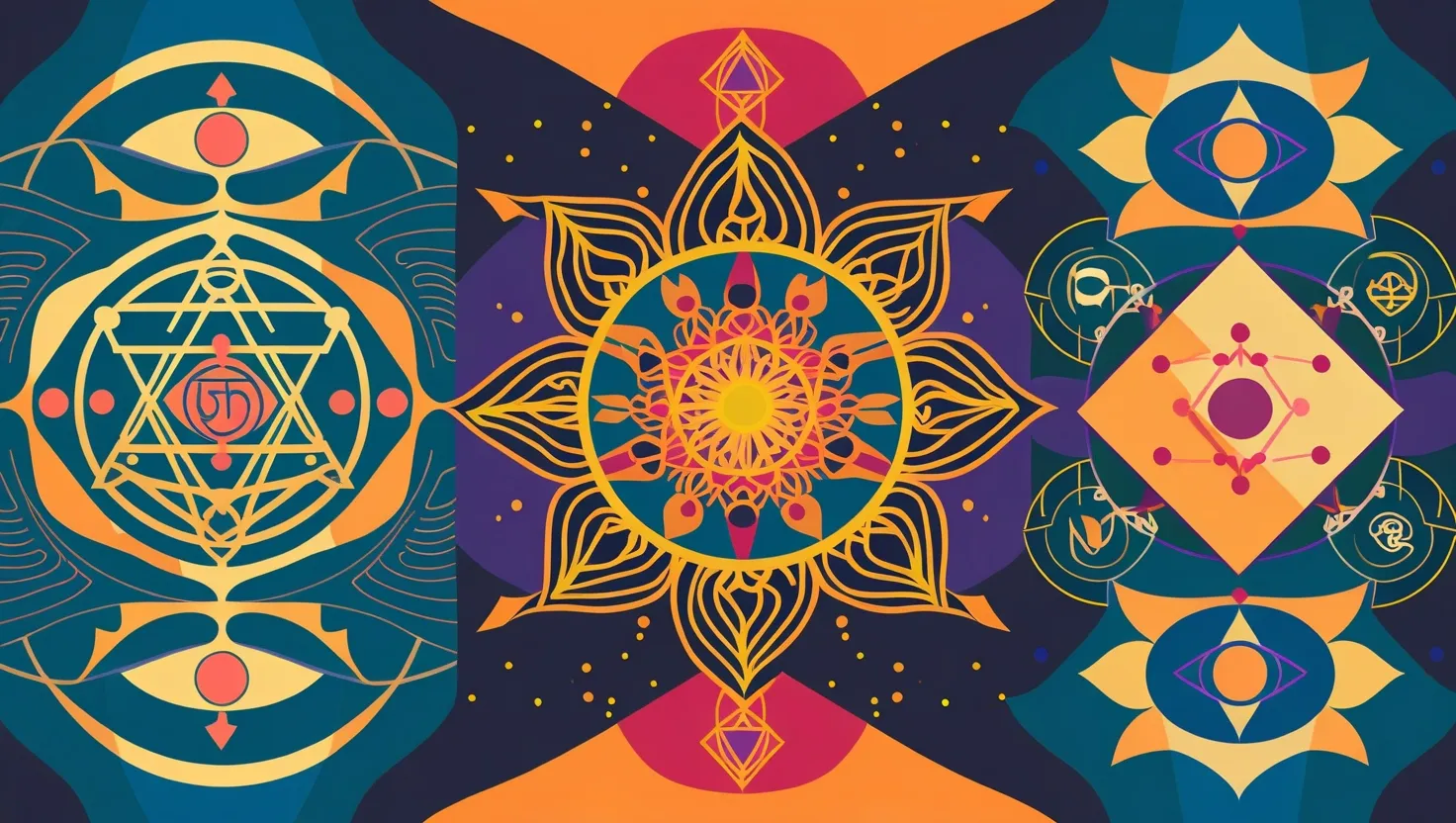In ancient Vedic traditions, the concept of ‘Prana’ isn’t just something you read about; it’s deeply embedded in the core of life and the cosmos itself. Prana often translates to ‘breath’ or ‘life force,’ but that barely scratches the surface. It’s the fundamental energy that flows through everything, making life happen and keeping the universe ticking.
The Cosmic Force of Prana
Imagine Prana as more than just oxygen; think of it as the energetic blueprint behind every breath you take. It’s what keeps your heart beating, lungs working, and mind thinking. In the vast realm of Vedic philosophy, Prana is viewed as a slice of the Supreme Self—a cosmic force that transcends birth and death.
Prana in the Human Body
When Prana moves around in the human body, it’s not just waltzing around with your every breath. Sure, breath is a significant part of it, but Prana flows through more. It travels through subtle channels called nadis, akin to your nerves but on a finer, more ethereal level. There are three main nadis: ida (lunar), pingala (solar), and sushumna (central). Each of these influences different parts of your being.
Balancing Prana through Breathwork
To get the full benefits of Prana, breathwork is the way to go. Known as pranayama in yoga, these breathing exercises are crafted to manage and direct the flow of Prana in your body. One favorite technique is nadi shodhana, or alternate nostril breathing. As you breathe in and out through alternate nostrils, it balances the solar and lunar energies within you, promoting overall harmony.
Types of Pranayama
Pranayama isn’t a one-size-fits-all. There are various types, each with its own perks. Take Bhastrika pranayama or bellows breath, for example. This rapid breathing technique helps to clean out your system and remove blockages. Then there’s Kapalabhati pranayama, or skull shining technique, which involves quick inhalations and exhalations that detoxify and energize your body. If calming your mind is more your speed, Bhramari pranayama, or bee breath, makes a soothing humming sound during exhalation that reduces anxiety.
The Three Phases of Pranayama
Pranayama consists of three main phases: puraka (inhalation), kumbhaka (breath retention), and rechaka (exhalation). These aren’t just fancy names; they’re crucial for regulating the flow of Prana. Kumbhaka, or breath retention, can be practiced in different ways such as holding the breath out, in, or suddenly. Each type of retention can create an upward surge of vital energy known as udghata.
Health Benefits of Pranayama
If you think pranayama is just about spirituality, think again. It packs a hefty punch in the health department too. Regular practice can really up your lung game, increasing capacity and the strength of your respiratory muscles. It can also aid in recovery from respiratory issues like pneumonia and asthma. Pranayama doesn’t stop at the lungs; it enhances cognitive abilities like auditory and sensory-motor skills and can significantly reduce stress, anxiety, and hypertension.
Pranayama and Mental Well-being
One of the coolest things about pranayama is how it tackles mental well-being. The meditative focus on breath allows you to tune out distractions and settle the mind. This practice preps your mind for deeper concentration and relaxation, ultimately leading to a state of mental clarity and tranquility. It also plays a significant role in dealing with psychosomatic disorders by integrating your body and mind through the breath.
Prana and the Mind
The Vedic texts often describe the mind and breath as being tightly linked, like a bird tied by a string—it can fly in different directions but will always return to where it’s tied. Your mind, similarly, can scatter in various directions but will return to its anchor, the breath. This intrinsic connection makes pranayama a powerful tool for controlling mental activities and achieving a focused state of awareness.
Pranayama in Yogic Practices
Pranayama isn’t just standalone; it’s woven into various forms of yoga. In bhakti yoga (yoga of devotion), pranayama helps unify the individual with the divine Prana. In karma yoga (yoga of service), it aligns you with divine will, and in jnana yoga (yoga of knowledge), it aids in developing a strong will and concentration by creating the prana of inquiry.
Advanced Practices
For those who want to take it up a notch, advanced pranayama techniques involve combining breathwork with bandhas (locks) and mudras (gestures). For example, mula bandha or the root lock helps in balancing Prana by uniting the downward-moving energy (apana) and the upward-moving energy (prana) in the navel area. This union can kindle the inner fire or kundalini, paving the way for spiritual transformation.
Conclusion
The Vedic understanding of Prana is like diving into a well of wisdom; it’s rich, complex, and beautifully intricate. Through pranayama, this vital life force can be harnessed and balanced, bringing about physical, mental, and spiritual well-being. Whether aiming for health benefits or seeking spiritual elevation, pranayama offers a transformative path. As you journey through these practices, each breath takes you closer to self-discovery and enlightenment, guided by the timeless wisdom of the Vedas.
